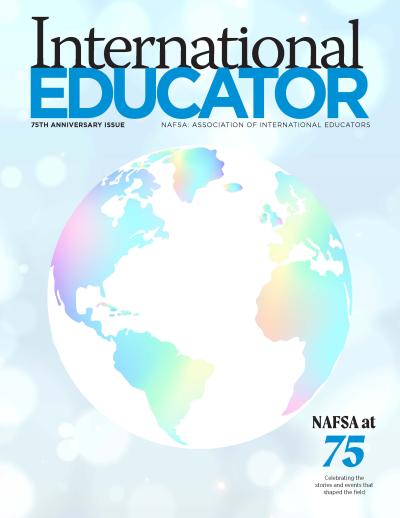Diversity Matters in International Education
This fall semester, as millions of U.S. college students embarked on another academic year, they were joined on campus by more than a million students from overseas. This large number reflects not only the sweeping political, economic, and social changes across the world over the past 50 years, but also the ongoing strength of our higher education institutions and our long history of welcoming and educating students from around the world. Educating students from abroad truly makes a difference in the world, not only for the students themselves but also for the United States. As less than 2 percent of U.S. students pursue a study abroad experience prior to graduation, the presence of international students on U.S. campuses is critical for providing a better understanding of the world, its nations and cultures.
But when looking at the numbers more closely, the increases in the past 10 years have been largely driven by a handful of countries and by students and families that can afford the comparatively high cost of a U.S. college education. Thirty years ago, the top three countries sending students to study in the United States were Taiwan, Malaysia, and Nigeria, but students from those countries made up just 18 percent of the total; today, the top three sending countries are China, India, and South Korea, and make up 50 percent of the total. Whether students are coming here to study from Malaysia or China is not a result of any proactive national strategy on our part, but largely a result











